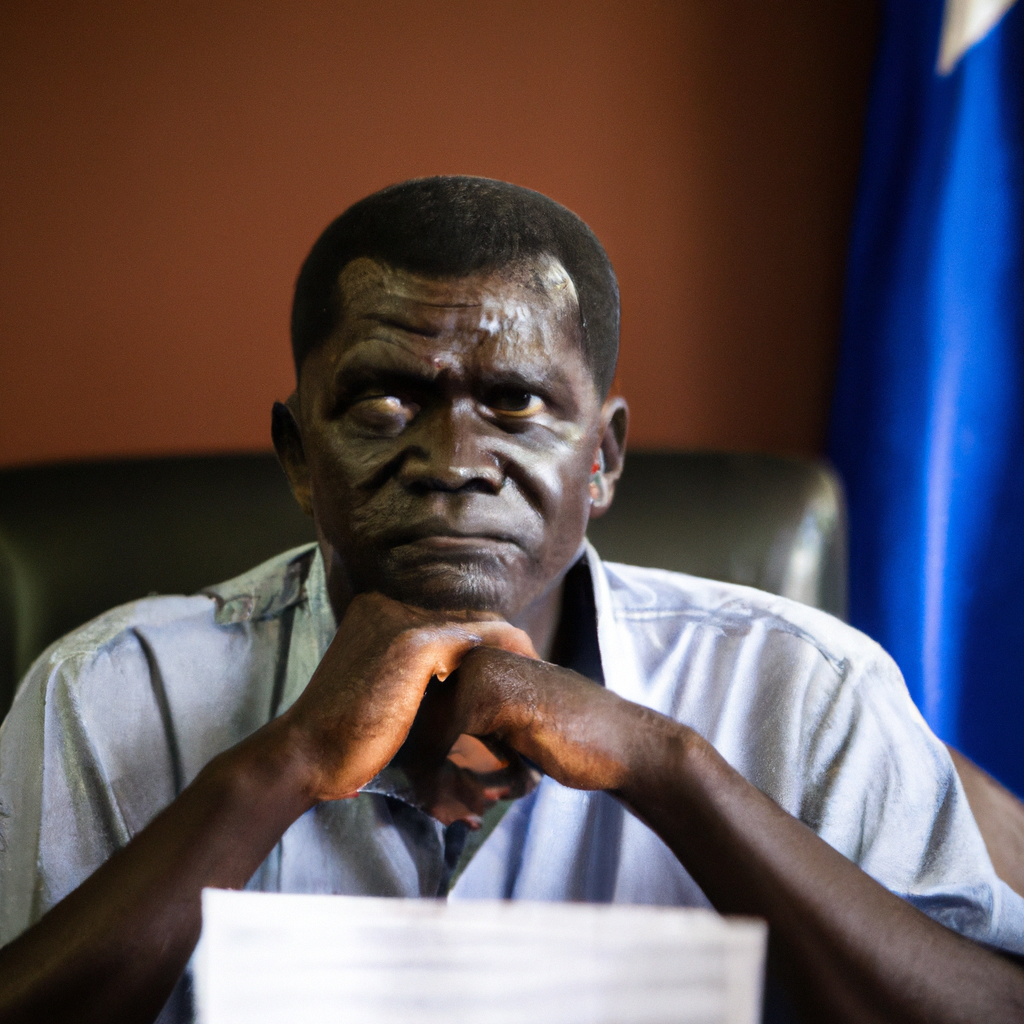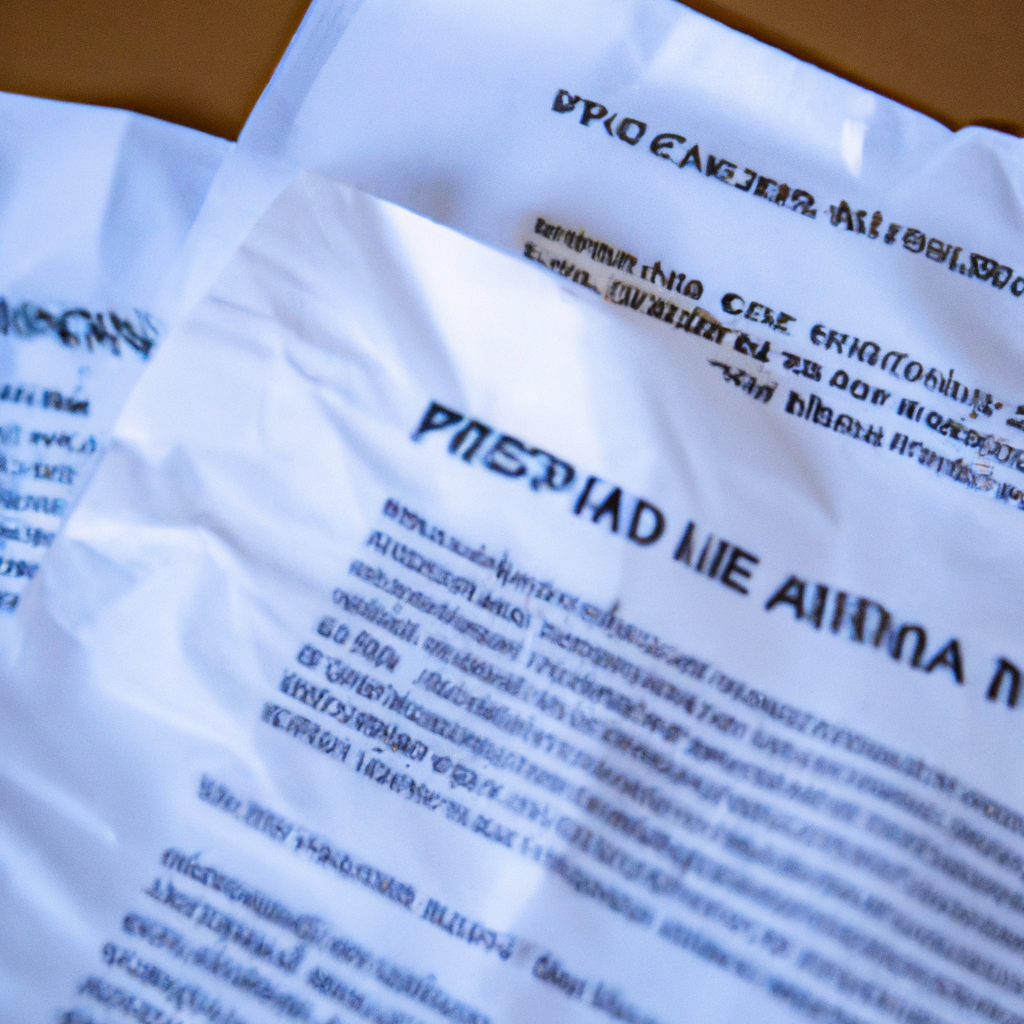In the heart of Uganda, refugee camps are becoming vibrant hubs of artistic expression, offering hope and healing to those displaced by conflict. These initiatives are empowering refugees to rebuild their lives through creative endeavors, fostering community and providing economic opportunities. From visual arts and crafts to music and dance, the power of art is transforming the refugee experience. Organizations and individuals are collaborating to provide resources, training, and platforms for refugees to showcase their talents. This is not just about art; it’s about restoring dignity and building a brighter future.
Art as Therapy and Empowerment
Art programs in Ugandan refugee camps serve as a crucial form of therapy for individuals who have experienced trauma and loss. The creative process allows refugees to express their emotions, process their experiences, and find solace in a supportive environment. These programs provide a safe space for healing and self-discovery. Many refugees have found that art helps them cope with the challenges of displacement and rebuild their sense of identity.
The skills acquired through art programs also provide refugees with valuable economic opportunities. Many create crafts, paintings, and other artistic products that they can sell in local markets or through online platforms. This income helps refugees become more self-sufficient and less reliant on humanitarian aid. It also empowers them to contribute to the local Ugandan economy.
Community Building Through Creativity
Artistic endeavors foster a strong sense of community within the refugee camps. Group projects, workshops, and performances bring people together, encouraging collaboration and mutual support. These activities help to break down social barriers and promote understanding between different refugee groups.
- Shared artistic experiences create bonds that transcend cultural and linguistic differences.
- Art provides a common language for communication and connection.
- This sense of community is vital for the well-being of refugees, particularly those who have been uprooted from their homes and families.
The Ugandan government, along with various NGOs, recognizes the importance of these initiatives and actively supports art programs in the refugee camps. This collaborative approach ensures that refugees have access to the resources and training they need to thrive.
Showcasing Ugandan Refugee Art
Efforts are underway to showcase the artistic talents of refugees on a national and international stage. Exhibitions, festivals, and online platforms are providing opportunities for refugees to share their stories and connect with wider audiences. This exposure helps to challenge stereotypes and raise awareness about the refugee experience.
Many Ugandan artists and cultural organizations are partnering with refugee artists to create collaborative works and mentorship programs. This exchange of knowledge and skills benefits both the refugees and the local artistic community. It also promotes cultural integration and understanding.
Challenges and Sustainability
Despite the positive impact of art programs, there are challenges to overcome. Limited resources, lack of access to materials, and the ongoing needs of the refugee population can hinder the sustainability of these initiatives. Securing long-term funding and developing sustainable business models are crucial for ensuring the continued success of art programs.
Another challenge is addressing the psychological needs of refugee artists. Many have experienced significant trauma, and ongoing mental health support is essential for their well-being. Integrating mental health services into art programs is vital for providing holistic support.
The Future of Art in Refugee Camps
The transformative power of art in Ugandan refugee camps is undeniable. These initiatives are not only providing therapy and economic opportunities but also fostering community and promoting cultural understanding. By investing in art programs, we can help refugees rebuild their lives, restore their dignity, and contribute to a more inclusive and vibrant society.
The success of these programs highlights the importance of recognizing the potential and resilience of refugees. Art offers a pathway towards healing, empowerment, and self-expression, allowing refugees to overcome adversity and create a brighter future for themselves and their communities. The ongoing support of the Ugandan government, NGOs, and the international community is essential for ensuring the continued success of these transformative initiatives.








